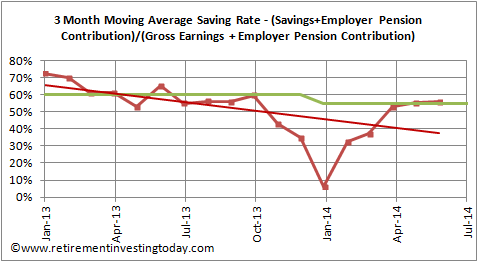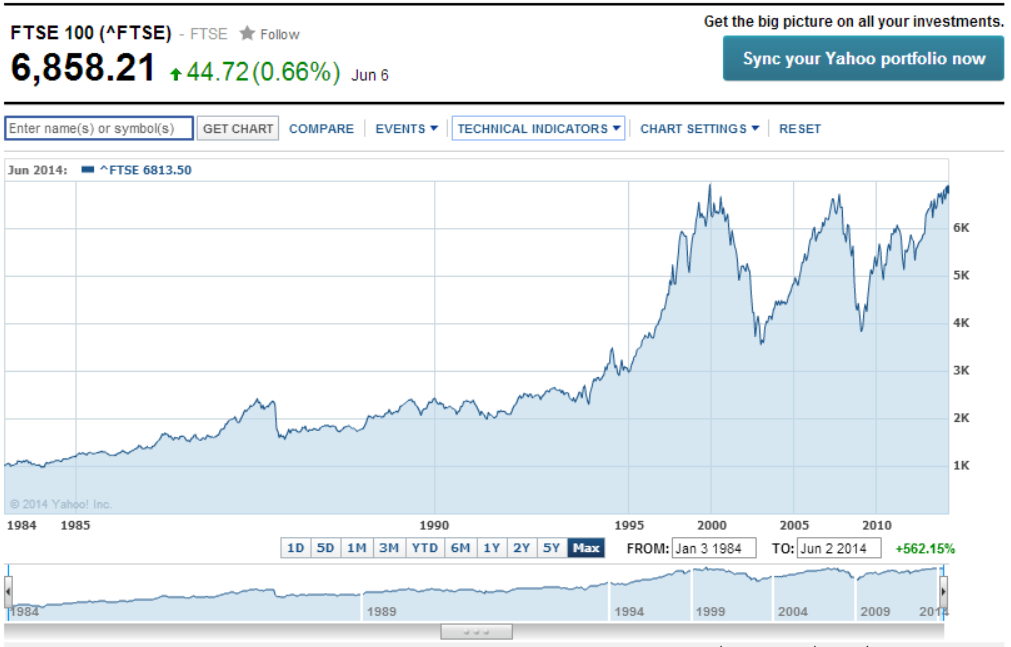Noel Whittaker in his book Making Money Made Simple states that in a country such as the UK (he actually cites Australia as an example) “the average person needs only two things to become wealthy – the knowledge of what to do, and the discipline to practise the things that need to be done.” When put that way it sounds so simple (and of course it is) however reality is of course a different story all together particularly when I look back at my own potted history.
states that in a country such as the UK (he actually cites Australia as an example) “the average person needs only two things to become wealthy – the knowledge of what to do, and the discipline to practise the things that need to be done.” When put that way it sounds so simple (and of course it is) however reality is of course a different story all together particularly when I look back at my own potted history.
I graduated and started work in 1995. Almost instantaneously I took on plenty of debt in the form of a car loan and was quick to ramp my standard of living by spending nearly everything I earned (I did save a small amount into an employer pension but it was nothing more than the default fund). It actually took me until 2002 to make a small purchase into my first investment fund which was not part of any overall strategy but simply a random purchase. I can’t even remember what prompted the purchase but it certainly wasn’t the “knowledge of what to do”. It was a great selection [sic] with annual expenses of 1.78% along with a 4% contribution fee. Hardly the road to wealth.
It actually took me until 2007 to wake up and start to figure out what the game was all about which is when my wealth building journey to financial independence really started. It was in this same year I bought my first tracker - a FTSE All Share Tracker Fund. That is 12 years from when I started earning a full time salary to even begin to have the personal finance “knowledge of what to do”.
I graduated and started work in 1995. Almost instantaneously I took on plenty of debt in the form of a car loan and was quick to ramp my standard of living by spending nearly everything I earned (I did save a small amount into an employer pension but it was nothing more than the default fund). It actually took me until 2002 to make a small purchase into my first investment fund which was not part of any overall strategy but simply a random purchase. I can’t even remember what prompted the purchase but it certainly wasn’t the “knowledge of what to do”. It was a great selection [sic] with annual expenses of 1.78% along with a 4% contribution fee. Hardly the road to wealth.
It actually took me until 2007 to wake up and start to figure out what the game was all about which is when my wealth building journey to financial independence really started. It was in this same year I bought my first tracker - a FTSE All Share Tracker Fund. That is 12 years from when I started earning a full time salary to even begin to have the personal finance “knowledge of what to do”.





